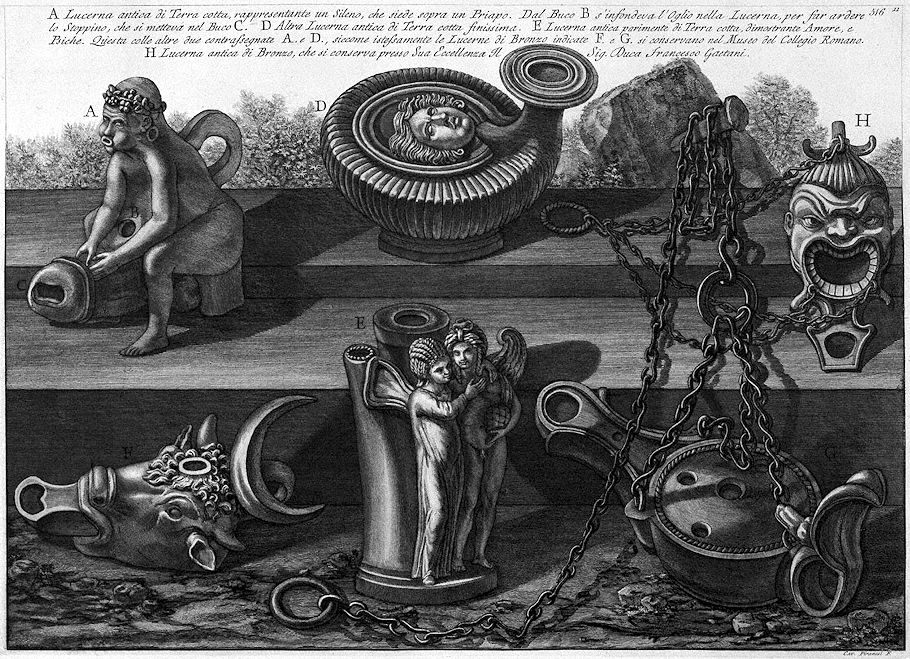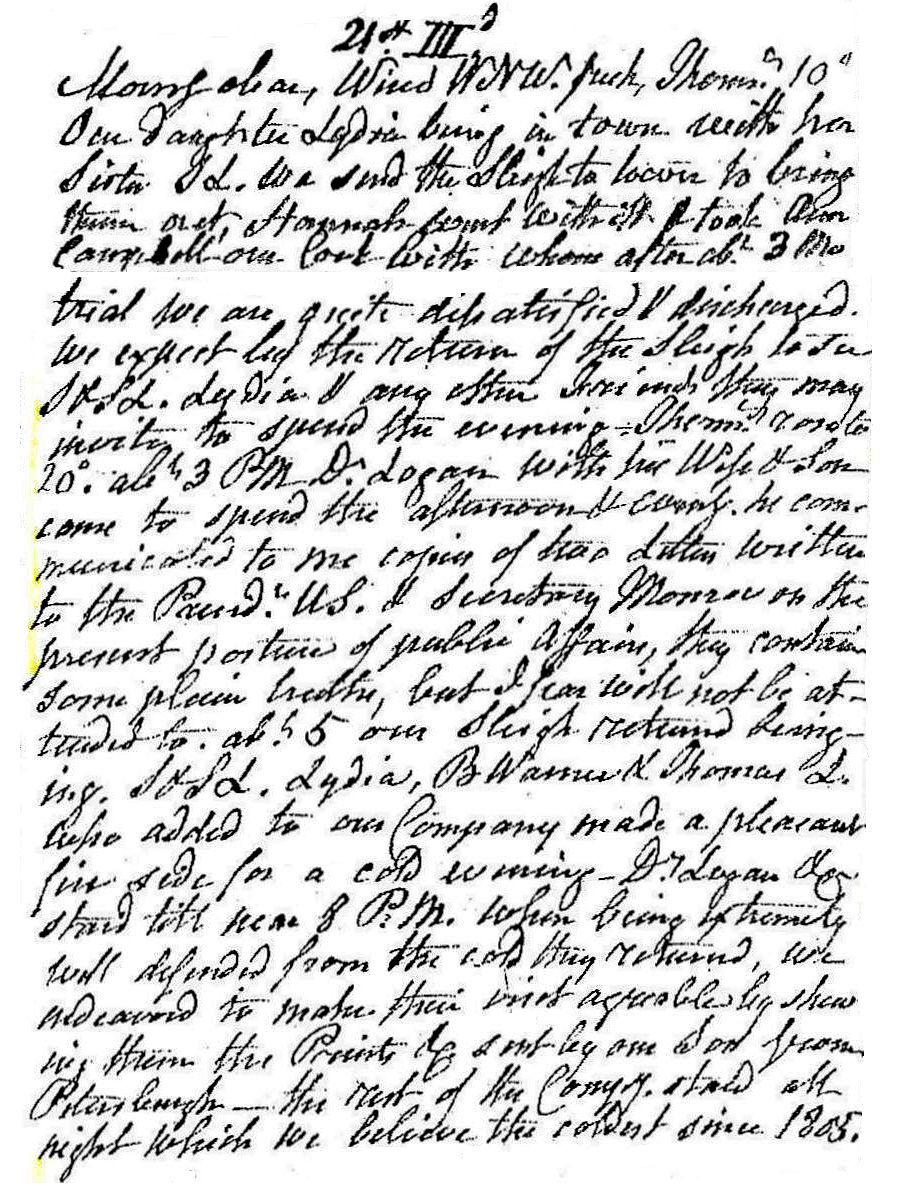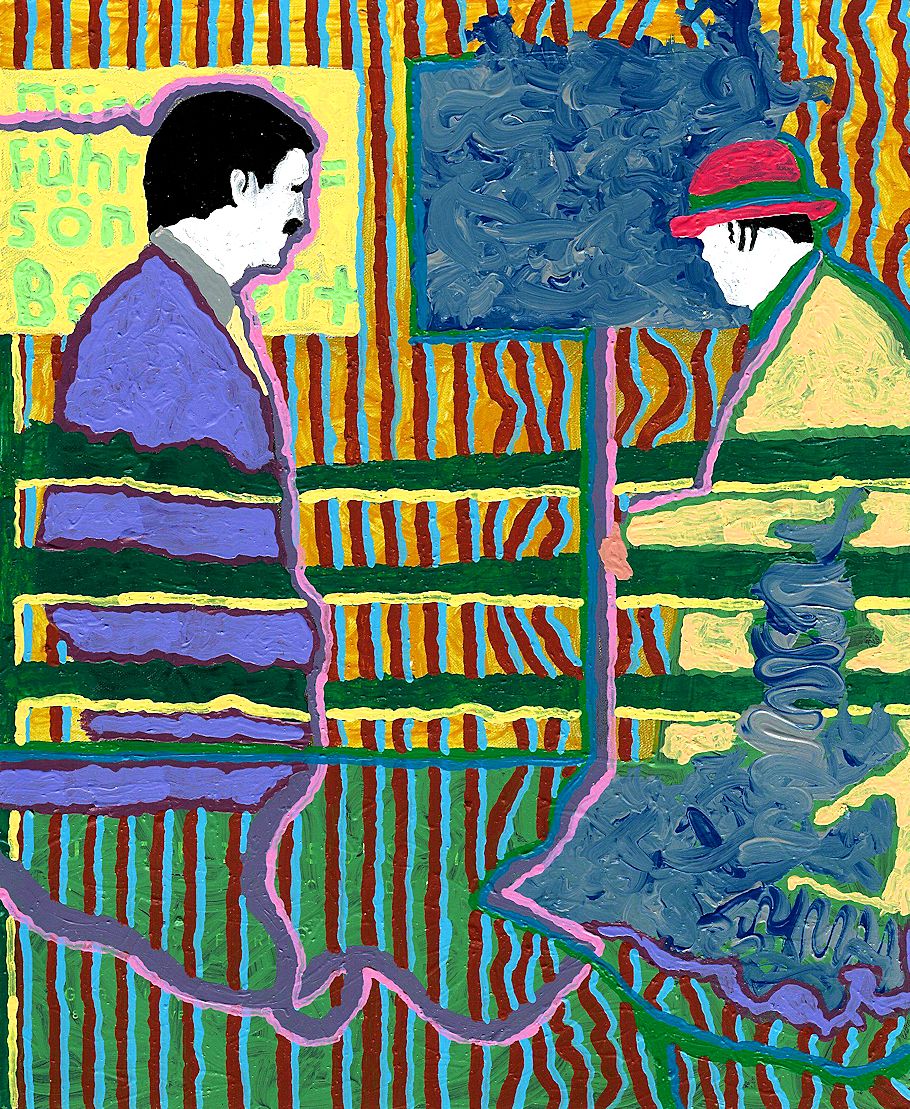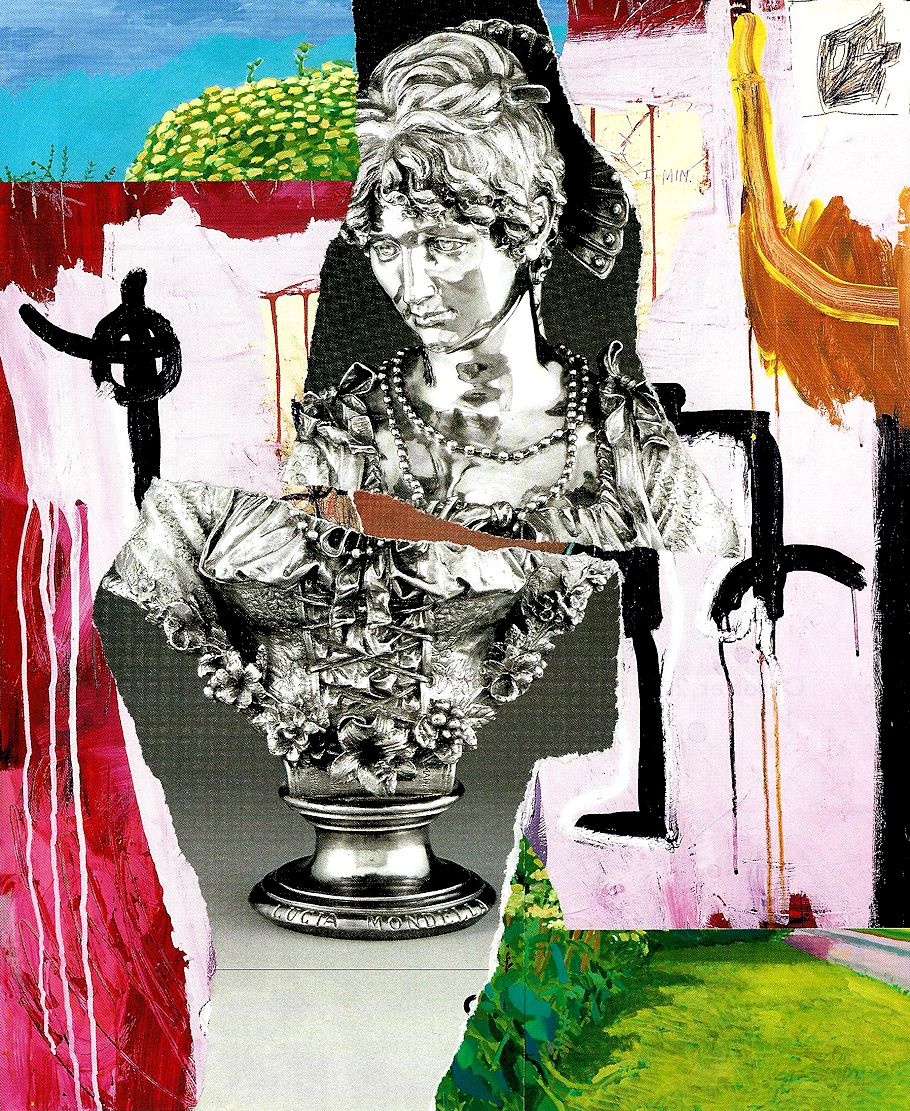21 January
Feast of St. Agnes
St. Agnes, Virgin and Martyr (c. a.d. 304 ?)
ST AGNES has always been looked upon in the Church as a special patroness of bodily purity. She is one of the most popular of Christian saints, and her name is commemorated every day in the canon of the Mass. Rome was the scene of her triumph, and Prudentius says that her tomb was shown within sight of that city. She suffered perhaps not long after the beginning of the persecution of Diocletian, whose cruel edicts were published in March in the year 303. We learn from St Ambrose and St Augustine that she was only thirteen years of age at the time of her glorious death. Her riches and beauty excited the young noblemen of the first families in Rome to contend as rivals for her hand. Agnes answered them all that she had consecrated her virginity to a heavenly husband, who could not be beheld by mortal eyes. Her suitors, finding her resolution unshakable, accused her to the governor as a Christian, not doubting that threats and torments would prove more effective with one of her tender years on whom allurements could make no impression. The judge at first employed the mildest expressions and most seductive promises, to which Agnes paid no regard, repeating always that she could have no other spouse but Jesus Christ. He then made use of threats, but found her endowed with a masculine courage, and even eager to suffer torment and death. At last terrible fires were made, and iron hooks, racks and other instruments of torture displayed before her, with threats of immediate execution. The heroic child surveyed them undismayed, and made good cheer in the presence of the fierce and cruel executioners. She was so far from betraying the least symptom of terror that she even expressed her joy at the sight, and offered herself to the rack. She was then dragged before the idols and commanded to offer incense, but could, St Ambrose tells us, by no means be compelled to move her hand, except to make the sign of the cross.
The governor, seeing his measures ineffectual, said he would send her to a house of prostitution, where what she prized so highly should be exposed to the insults of the brutal and licentious youth of Rome. Agnes answered that Jesus Christ was too jealous of the purity of His chosen ones to suffer it to be violated in such a manner, for He was their defender and protector. "You may," said she, "stain your sword with my blood, but you will never be able to profane my body, consecrated to Christ." The governor was so incensed at this that he ordered her to be immediately led to the place of shame with liberty to all to abuse her person at pleasure. Many young profligates ran thither, full of wicked desires, but were seized with such awe at the sight of the saint that they durst not approach her; one only excepted, who, attempting to be rude to her, was that very instant, by a flash, as it were of lightning from Heaven, struck blind, and fell trembling to the ground. His companions, terrified, took him up and carried him to Agnes, who was singing hymns of praise to Christ, her protector. The virgin by prayer restored his sight and his health.
The chief accuser of the saint, who had at first sought to gratify his lust and avarice, now, in a spirit of vindictiveness, incited the judge against her, his passionate fondness being changed into fury. The governor needed no encouragement, for he was highly exasperated to see himself set at defiance by one of her tender age and sex. Being resolved therefore upon her death, he condemned her to be beheaded. Agnes, filled with joy on hearing this sentence, "went to the place of execution more cheerfully," says St Ambrose, "than others go to their wedding." The executioner had instructions to use all means to induce her to give way, but Agnes remained constant; and having made a short prayer, bowed down her neck to receive the death stroke. The spectators shed tears to see this beautiful child loaded with fetters, and offering herself fearlessly to the sword of the executioner, who with trembling hand cut off her head at one stroke. Her body was buried at a short distance from Rome, beside the Nomentan road.
It is necessary to add to the account (based mainly on Prudentius) which is given above by Alban Butler, that modern authorities incline to the view that little reliance can be placed on the details of the story. They point out that the "acts" of St Agnes, attributed unwarrantably to St Ambrose, can hardly be older than a.d. 415, and that these seem to represent an attempt to harmonize and embroider the discordant data found in the then surviving traditions. St Ambrose, as just quoted, in his quite genuine sermon De virginibus (a.d. 377), says of St Agnes's martyrdom cervicem inflexit "she bent her neck," from which it is commonly inferred that she was decapitated. This view is supported by Prudentius's explicit statement that her head was struck off at one blow. On the other hand, the epitaph written by Pope St Damasus speaks of "flames," and beyond this says nothing
as to the manner of her death; while from the beautiful hymn, Agnes beatae virginis (which Walpole, Dreves and others now recognize as a genuine work of St Ambrose), it clearly follows that she was not beheaded, otherwise she could not after the blow was struck (percussa) have drawn her cloak modestly around her and have covered her face with her hand. It seems plain that in the writer's view she was stabbed in the throat or breast. From these apparent contradictions many critics conclude that already in the second half of the fourth century all memory of the exact circumstances of the martyrdom had been forgotten, and that only a vague tradition survived.
In any case, however, there can be no possible doubt of the fact that St Agnes was martyred, and that she was buried beside the Via Nomentana in the cemetery afterwards called by her name. Here a basilica was erected in her honour before 354 by Constantina, daughter of Constantine and wife of Gallus; and the terms of the acrostic inscription set up in the apse are still preserved, but it tells us nothing about St Agnes except that she was "a virgin" and "victorious." Again, the name of St Agnes is entered in the Depositio martyrum of a.d. 354, under the date January 21, together with the place of her burial. There is also abundant subsidiary evidence of early cultus in the frequent occurrence of representations of the child martyr in "gold glasses," etc., and in the prominence given to her name in all kinds of Christian literature. "Agnes, Thecla and Mary were with me," said St Martin to Sulpicius Severus, where he seems to assign precedence to Agnes even above our Blessed Lady. St Agnes is, as remarked above, one of the saints named in the canon of the Mass.
Herbert Thurston, S.J. and Donald Attwater, Butler's Lives of the Saints (vol. 1, 1956), pp. 133-35.
21 January 1778 Wednesday
Vases, Candelabra, Grave Stones, Sarcophagi. Tripods, Lamps and Ancient Ornaments volume I

Four terracotta lamps and one bronze.
A Terra cotta ancient Lamps, representing a Silenus, who sits on a Priapus. From Hole B the Oglio was infused into the Lamp, to make the Wick burn, which was placed in Hole C. D Another ancient Lamp of very fine Terracotta. And also ancient Lamp of terra cotta, demonstrating Cupid and Psyche. This with the other two marked A. and D., just as the Bronze Lamp marked F. and G. are kept in the Museo del Collegio Romano.
H Ancient Bronze Lamp, kept by His Excellency Duke Francesco Gaetani.
Cav. Piranesi F.
21 January 1812 Tuesday

Morning clear, wind WNW fresh. Therm. 10°. Our daughter Lydia being in town with her sister SL. We send the sleigh to Town to bring them out. Hannah went with it and took Ann Campbell our Cook with whom after about 3 months trial we are quite dissatisfied I discharged. We expect by the return of the sleigh today S & SL, Lydia and any other friends they may invite to spend the evening. Therm. rose to 20° about 3 PM. D. Logan with his wife and son came to spend the afternoon and evening. He communicated to me two letters to the Pres. US and Secretary Monroe on the present posture of public affairs. They contain some plain truths, but I fear will not be attended to. About 5 our sleigh returned bringing S & SL, Lydia, B. Warner and Thomas L who added to our company made a pleasant fire side for a cold evening. Dr. Logan etc. staid till near 8 PM when being extremely well defended from the cold they returned. We endeavored to make their visit agreeable by showing them the prints etc. sent by my son from Petersburgh. The rest of the company stayed all night which we believe the coldest since 1805.
21 January 2019

one zero three
21 January 2021

aia page collage 007

aia page collage 008
21 January 2023 Saturday
So much for catching up on sleep this weekend. George's hospital bed stopped functioning properly, and, in turn, I stopped functioning properly several times today as well, yet... spent the (upside) downtime reading more of Gass' The World Within the Word--finally making a dent after many, many attempts over the last thirty odd years. Later, late, thinking about the content of the first two and a half essays got me thinking about autobiography, and, soon enough, a title popped into my head.
21:19 SL
Thanks so much for talking today. I needed at least a little highlight. And speaking of highlights, I just came up with my next book, an autobiography: 10 Years Working in a Soviet Labor Camp (in Southern Ukraine) is in My DNA.
Talk about predestination!
Then I started giving more (lucid) thought to the three (almost four) acutely identical breakdowns experienced today. In simple terms, and this is what I've never realized before, I was viscerally absorbing a great deal of my brother's own real anguish, but an anguish he was not feeling himself because I was absorbing it all. I even think I just naturally help my brother all the time by absorbing his anguish, but today's intense feeling of the anguish was due to my being quickly rendered completely vulnerable, this morning, and nearly seeing defeat.
|